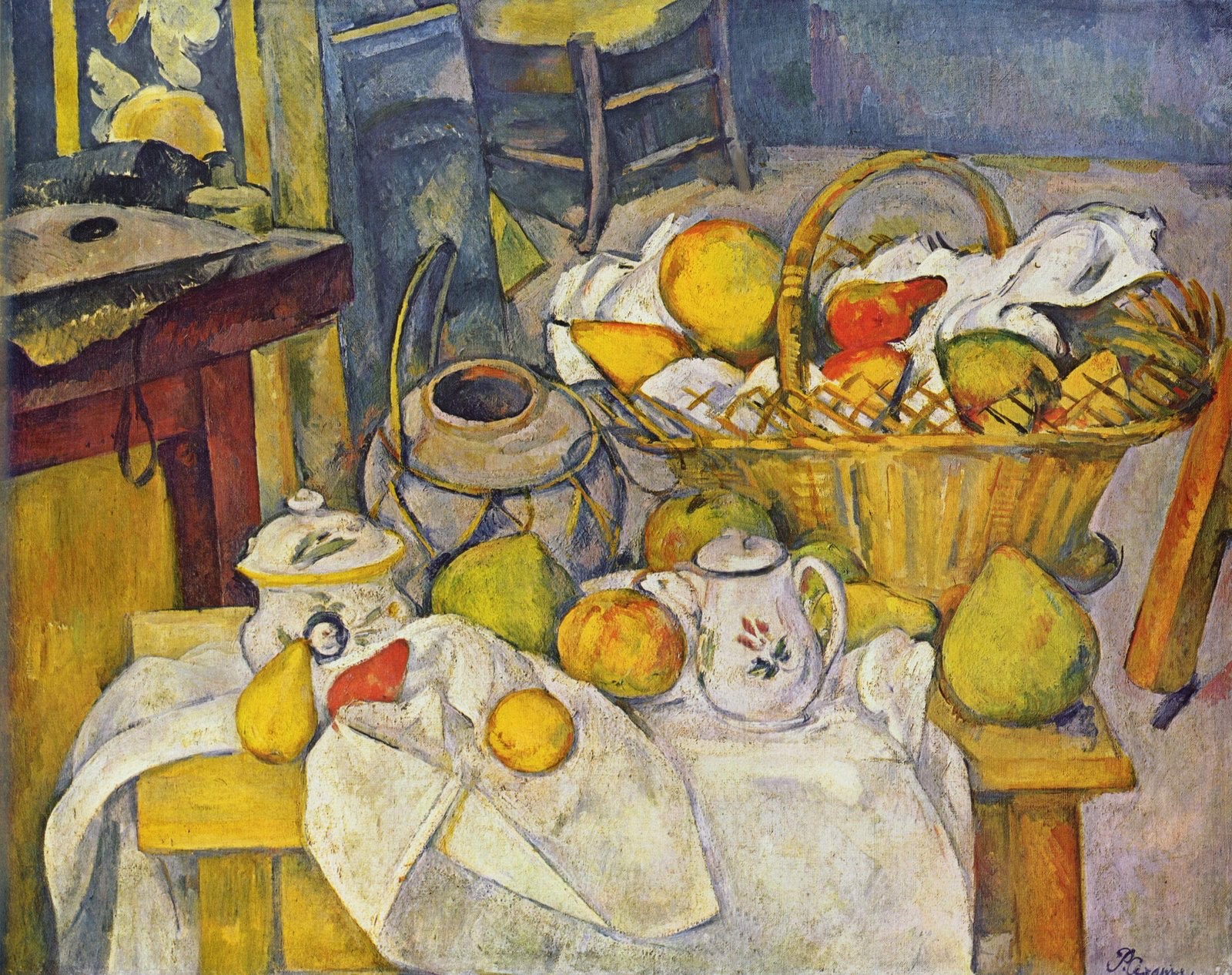In our fast-paced modern world, we often find ourselves caught up in a whirlwind of obligations, deadlines and endless to-do lists. We work long hours, juggle multiple tasks, and race against the clock to meet the expectations of a demanding society. But what if there was another way to live? What if, instead of striving for more, we chose to embrace less? Enter the simplicity movement, a growing trend that encourages people to slow down, savor the present moment, and prioritize what truly matters in life. In this article, we will explore the principles of simple living, the benefits of adopting a slower pace, and practical tips for incorporating the art of living slow into your everyday routine.
The Roots of the Simplicity Movement
The simplicity movement traces its roots back to ancient philosophical and spiritual traditions, from the teachings of Buddha and Lao Tzu to the writings of Henry David Thoreau and Mahatma Gandhi. These thinkers espoused the virtues of living simply, in harmony with nature, and cultivating inner peace and contentment through mindfulness and self-reflection.
Today, the simplicity movement is experiencing a resurgence as people from all walks of life are drawn to its message of slowing down and embracing a more intentional, purposeful way of living. This renewed interest in simple living is a response to the increasing complexities and pressures of modern life, which often leave us feeling overwhelmed, overstimulated, and disconnected from our true selves and the world around us.
The Principles of Simple Living
At its core, the simplicity movement is about more than just decluttering your home or cutting back on your possessions. It’s about reevaluating your priorities and making conscious choices that align with your values and promote your overall well-being. Some key principles of simple living include:
- Mindfulness: Practicing mindfulness means being present and fully engaged in whatever you’re doing, rather than constantly thinking about the past or worrying about the future. By cultivating an awareness of the present moment, you can find joy and contentment in even the simplest of activities.
- Intentionality: Living intentionally means making deliberate choices about how you spend your time, energy, and resources, rather than just going through the motions or succumbing to societal pressures.
- Gratitude: Embracing an attitude of gratitude can help you appreciate the beauty and abundance that already exists in your life, rather than constantly striving for more.
- Connection: Building and nurturing meaningful relationships with others – and with the natural world – is a crucial component of simple living. By prioritizing connection, you can foster a sense of belonging and community that supports your well-being.
- Balance: Achieving a sense of balance in your life means finding harmony between work and leisure, activity and rest, and the various roles and responsibilities you juggle each day. It’s about recognizing your limits and giving yourself permission to slow down when needed.
The Benefits of Living Slow
There are numerous benefits to adopting a slower, more intentional approach to life. Here are just a few:
- Improved Mental Health: Slowing down can help reduce stress, anxiety and depression by allowing you to focus on the present moment, rather than constantly worrying about the future or dwelling on the past.
- Enhanced Relationships: By prioritizing connection and valuing quality time with loved ones, you can deepen your bonds and create lasting memories with the people who matter most.
- Greater Appreciation for Life: Embracing the art of living slow encourages you to savor the beauty and wonder of everyday experiences, fostering a greater sense of gratitude and joy.
- Increased Creativity: Giving yourself the time and space to explore your passions and interests can spark your creativity and help you discover new hobbies and talents.
- Better Health: Slower living can lead to healthier habits, such as eating mindfully, engaging in regular physical activity, and prioritizing self-care and relaxation.
Practical Tips for Embracing the Art of Living Slow
If you’re inspired to bring the principles of simple living into your daily routine, here are some practical tips to help you get started:
- Declutter Your Environment: Create a calm, peaceful space by clearing out unnecessary items and organizing your belongings in a way that promotes ease and efficiency.
- Prioritize Self-Care: Make time for activities that nourish your body, mind, and spirit, such as meditation, yoga, journaling, or spending time in nature.
- Set Boundaries: Learn to say no to activities or obligations that don’t align with your values or contribute to your overall well-being.
- Cultivate Mindfulness: Incorporate mindfulness practices into your daily routine, such as deep breathing exercises, mindful eating, or simply taking a few moments to pause and focus on your surroundings.
- Foster Connection: Make an effort to regularly connect with friends and family, whether it’s through phone calls, video chats, or in-person gatherings. Seek out opportunities to engage with your local community and form new connections.
- Embrace Leisure: Give yourself permission to slow down, relax, and enjoy leisure activities that bring you joy and contentment.
Conclusion
The art of living slow is not about adhering to a strict set of rules or achieving a particular lifestyle aesthetic; it’s about choosing to prioritize your own well-being, cultivating a sense of balance and harmony, and embracing the beauty of simplicity. By incorporating the principles of the simplicity movement into your daily routine, you can experience the profound benefits of a slower, more intentional way of living – and ultimately, discover a richer, more fulfilling life.




